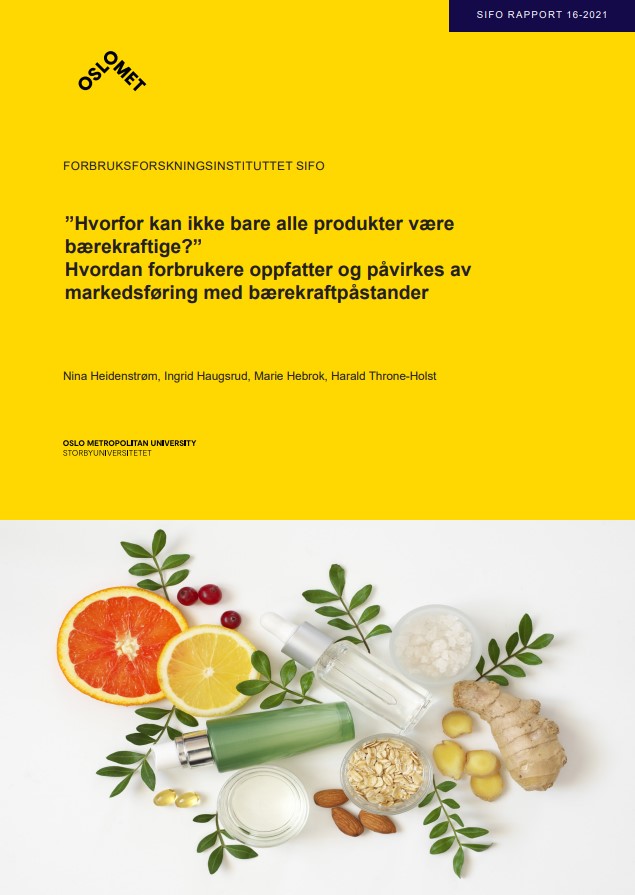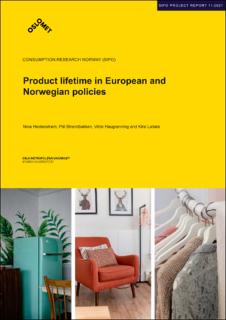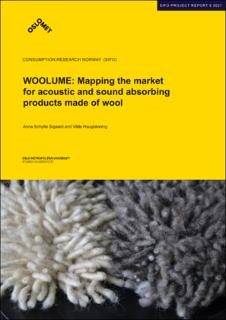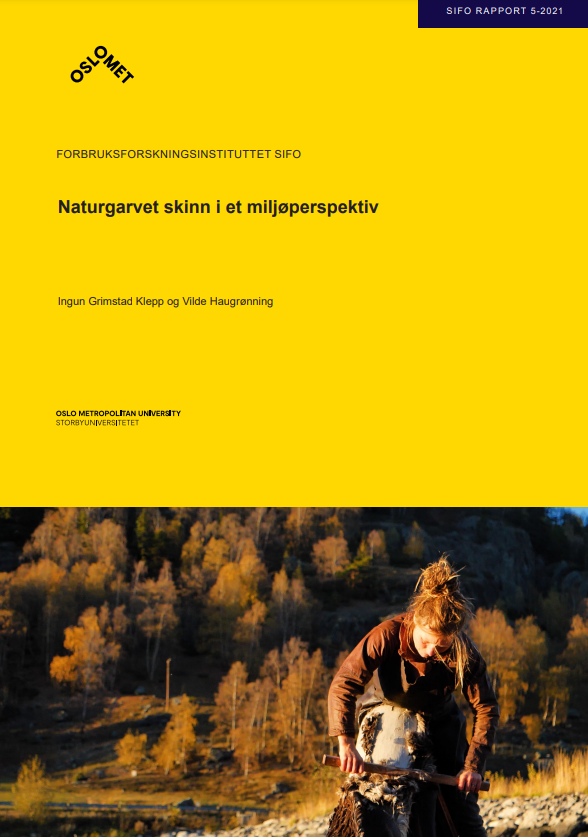Woolume: Potential new products from vacant wool
Anna Schytte Sigaard, Lisbeth Løvbak Berg og Ingun Grimstad Klepp
Sammendrag
Denne rapporten gir en oversikt over markedet for ullprodukter med et potensiale til å bli laget av underutnyttet ull. Arbeidet er basert på en skrivebordsundersøkelse og intervjuer med produsenter og distributører, med fokus på ullprodukter og kvalitetene til disse. Rapporten er den andre leveransen i arbeidspakke 2 i WOOLUME prosjektet. Hovedmålet til WOOLUME er å utforske om ull fra polske fjellsauer kan bli brukt for å oppnå bedre ressursutnyttelse og verdiskapning. Produsentene som ble identifisert brukte ull i følgende kategorier produkter: dyrking, jordforbedring, isolasjon og personlig hygiene, så vel som andre nye og alternative ullprodukter. Funnene viser en rekke produkter som utnytter ullens mange ulike egenskaper, både de estetiske og tekniske. De viser også at ull har potensialet til å erstatte syntetiske materialer i flere bruksområder og dermed skape virkelig sirkulære produkter, såframt ullen er behandlet på en måte som bevarer dens biologiske nedbrytbarhet. Selv om merinoull dominerer markedet, utnytter flere produsenter andre kvaliteter og lokale raser og interessen for å bruke underutnyttet ull, ofte kastet fordi det anses kun å være et biprodukt av kjøtt-og melkeproduksjon, er voksende. Likevel er det videre muligheter for å optimalisere ressursutnyttelse ved å bruke underutnyttet ull, spesielt ikke spinnbar ull med høyere fibertykkelse, i produkter der hvor finheten og spinnbarheten til merinoull ikke er nødvendig.




